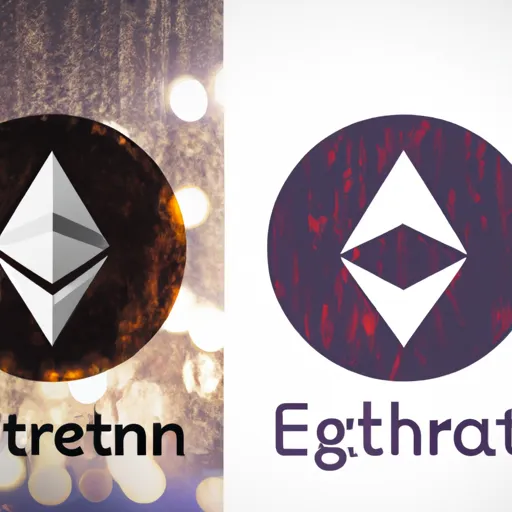
Ethereum vs Polkadot: Understanding the Differences
Cryptocurrency adoption is on the rise, and Ethereum and Polkadot are two of the most popular projects. Ethereum is the second-largest cryptocurrency by market capitalization, while Polkadot is relatively new, but it has gained significant attention in the past year. In this blog post, we'll be exploring the differences between Ethereum and Polkadot.
Ethereum is a decentralized platform that enables developers to build decentralized applications (dApps) on top of its blockchain. The platform uses smart contracts to facilitate the interaction between the different parties in the application. Ethereum is known for its flexibility, and it has been the foundation of several successful projects like Uniswap, Aave, and Chainlink.
Polkadot, on the other hand, is a next-generation blockchain platform that enables interoperability between different blockchains. Polkadot aims to solve the issue of blockchain fragmentation by allowing different blockchain networks to communicate with each other. It does this by creating a framework that connects different blockchains, allowing them to share data securely.
One major difference between Ethereum and Polkadot is their approach to scalability. Ethereum has been facing significant scaling issues, resulting in higher transaction fees and slower transaction times. The Ethereum community has been working on a solution called Ethereum 2.0, which promises to improve scalability and security. On the other hand, Polkadot has a more scalable and flexible architecture that allows it to handle higher transaction volumes.
Another difference between Ethereum and Polkadot is their governance structure. Ethereum is governed by a decentralized community of stakeholders who vote on proposals to upgrade the network. However, Polkadot has a more formalized governance structure, with a council of 13 members responsible for decision-making. This council is elected by token holders, and they make decisions on behalf of the Polkadot ecosystem.
Finally, Ethereum and Polkadot have different consensus mechanisms. Ethereum currently uses the Proof-of-Work (PoW) consensus algorithm, which requires miners to solve complex mathematical problems to validate transactions. Polkadot, on the other hand, uses a hybrid consensus algorithm, which combines Proof-of-Work and Proof-of-Stake (PoS) protocols. This allows Polkadot to achieve a higher level of security and scalability.
In conclusion, Ethereum and Polkadot have different strengths and weaknesses, and both are important players in the blockchain ecosystem. Ethereum's flexibility and popularity make it a reliable choice for developers looking to build decentralized applications. Polkadot, on the other hand, offers scalability, interoperability, and formal governance, making it a platform to watch in the future.
Prompt
Write a blog post about the difference between Ethereum and Polkadot.